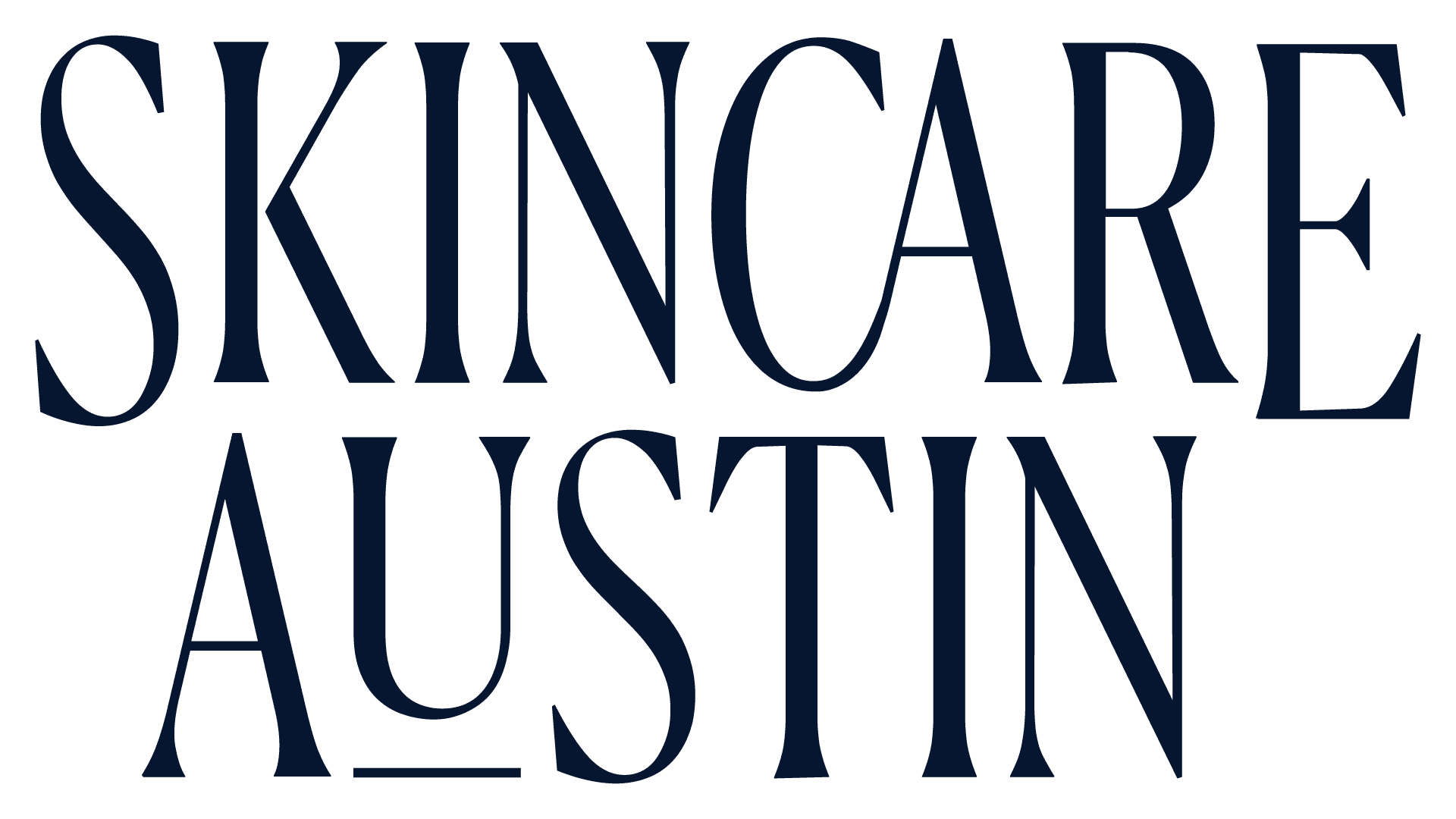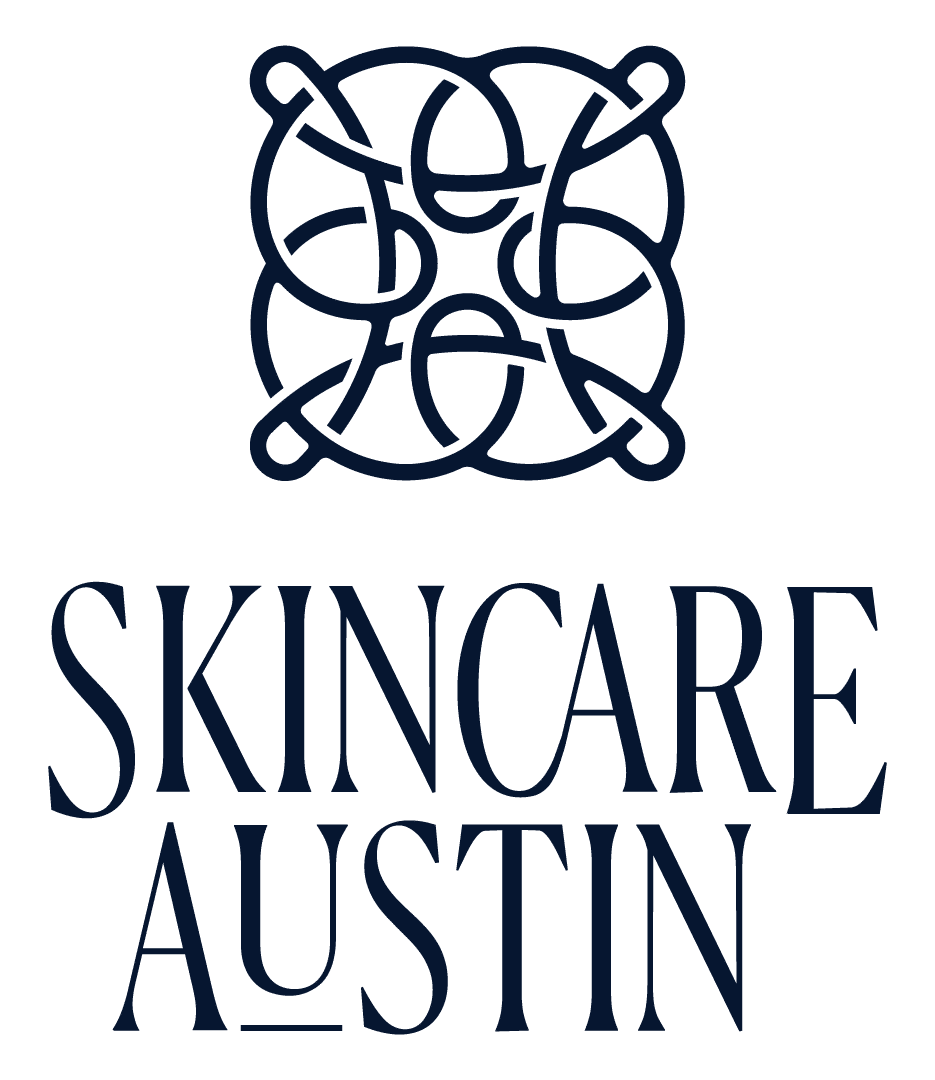Conditions and Treatment

CO2 laser resurfacing provides dramatic rejuvenation, diminishing fine lines and wrinkles and tightening lax, or sagging, skin. But CO2 laser resurfacing isn’t just for aging skin. It’s also highly effective in treating acne scarring, uneven skin tone, texture, discoloration, sun damage and scars on the face, neck, chest, arms, hands and legs.
Instead of stripping away all your skin (as an ablative laser would), non-ablative CO2 laser resurfacing removes tiny plugs of skin, leaving tiny ‘bridges’ of untouched skin between treated areas. This allows for a less painful procedure, quicker recovery, and reduced risk of side effects.
Types of CO2 Laser Treatment
You may hear CO2 laser resurfacing referred to as ‘fractional laser resurfacing,’ ‘fractionated laser resurfacing,’ ‘fraxel,’ and ‘nonablative laser resurfacing’ – all of these terms actually refer to the same procedure. Additionally, CO2 laser treatments may also be described using the many various laser brand names.
At Central Texas Dermatology, our CO2 laser uses a customized treatment wand adjusted to different depths depending on patients’ goals.
- ActiveFX uses a high-energy laser beam in a broad pattern on the skin’s surface to provide superficial treatment ideal for uneven pigmentation and fine lines.
- DeepFX directs a narrow beam of energy into the deep skin layers where it stimulates collagen growth to soften and smooth the surface. This is the ideal treatment for more pronounced wrinkles, laxity and some scarring.
- TotalFX combines both broad and narrow beams in the same treatment session to provide even more dramatic results. Scar FX is the settling treatment we use to specifically target scars.
Success Stories
Treatment Schedule
For patients undergoing treatment, adherence to pre- and post-procedure protocols is also critical to avoiding side effects and getting the best outcome.
Preparing for Your Appointment
How to Prepare for Laser Resurfacing
- Stock up on home care supplies.
Make your recovery easier by having everything you need well in advance.
- Apply topical medications as instructed.
In the weeks before your treatment, use any topical medications the doctor prescribes.
- Begin taking the antibiotic and antiviral medication the doctor prescribes one day before your appointment.
You will continue taking this medication for 10 days.
- Shampoo hair on the day-of.
But do not use hairspray.
- Wash face with soap and water.
Do not wear makeup or jewelry.
- Take all usual medications and eat usual meals.
- Wear a button-up shirt.
And bring an elastic headband.
- Arrange for someone to drive you home.
During Your Appointment
Your appointment takes approximately one hour. We give you topical anesthetic (and, if necessary, nerve blocks or oral sedation) before beginning treatment. During treatment, you will feel a warm sensation or a slight sting as the laser passes over your skin. We liken the feeling of discomfort to being snapped with a rubber band.
When the treatment is over, we will apply Vaseline or Aquaphor and you will be ready to go home and begin recovery.
After Your Appointment
When you leave our office, your skin will be red and swollen and feel like a deep sunburn. While it’s not possible to predict how long swelling will last for each person, three to seven days is normal.
If you had DeepFX you may have some pinpoint bleeding. We ask all patients to prepare for a 10-day at-home recovery.
The First 8 to 10 days
The first 48 hours following treatment your skin will be red and swollen and may feel similar to a bad sunburn. Keep all treated areas moist with the dressing applied after surgery and with Vaseline or Aquaphor. After this initial period, you should be able to switch to a more mild moisturizer. (See our patient handout entitled “Home Care After Laser Skin Resurfacing” for specific post-operative instructions.) Do not put any topical agents on your skin other than Vaseline or Aquaphor without consulting us first.
- Do not apply anything for the first 24 hours other than cool compresses (such as frozen peas).
- To alleviate swelling, cool compresses may be used for 20 minutes on and 20 minutes off, as much as possible for the first 24 hours and as needed thereafter.
- After 24 hours, you may cleanse your face with a gentle cleanser and apply moisturizer as often as needed to relieve any dryness or tightness. A post care kit will be provided with these products.
- Avoid direct sun exposure for 1-2 weeks and use a broad spectrum sunscreen (at least SPF30 or higher) daily.
- Extra Strength Tylenol may be used for discomfort.
After 10 days
You will probably be able to start wearing makeup again. Treated areas may feel quite tight and dry. Vaseline or Aquaphor are not usually necessary at this point, but most patients require use of a moisturizer. Itching is common and responds to prescription ointments (available upon request.)
The redness will gradually fade after a period of weeks to months. As the swelling subsides, you may notice wrinkles reappearing. This is normal. Many of these wrinkles will disappear completely or improve dramatically as new collagen forms. Optimal improvement may take three months or longer. Some patients may require more than one treatment.
Please use a broad-spectrum sunscreen for three months following your treatment.
Precautions
Side effects may include pain, infection, or scarring. Pain is usually controlled with Extra Strength Tylenol or Motrin.
Redness and tightening of the skin is common. This red phase is associated with the formation of new collagen and may last for several months. It is best concealed with makeup.
Temporary darkening of the skin is common, particularly in dark-skinned individuals. This almost always fades away completely. Permanent lightening of skin color has been reported in up to 20 percent of patients.


